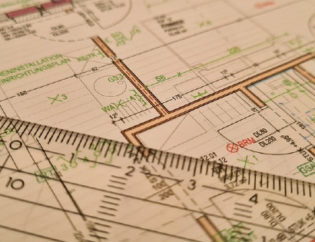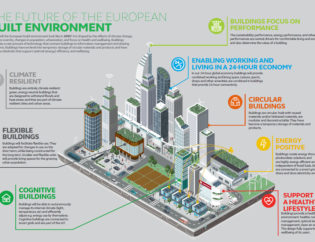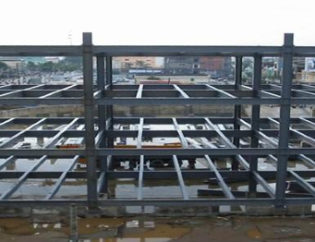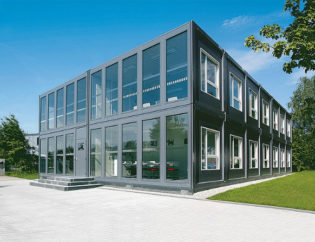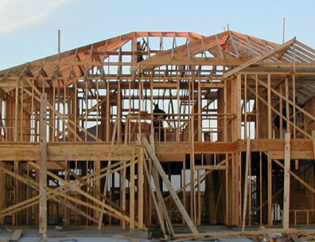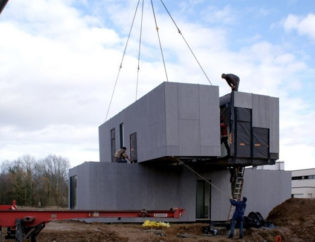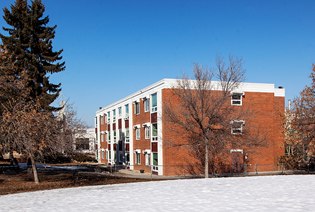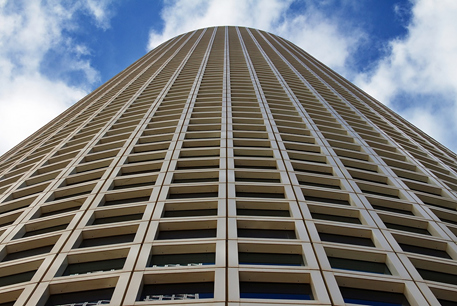
For people who are new to the concept of modular construction, they may have several questions in their minds. It is about replacing the age-old method of traditional construction, so people will obviously have many doubts. If you too wish to know everything about modular construction, in this article, you’ll find answers to all your queries.
1) How Old Is This Technique? When Was It Used First?
Modular construction has an old history. An important event that took place in the early 20th century led to the introduction and evolution of prefabricated structures, now known as modular structures. In 1908, Sears Roebuck and Company in the US began selling home kits that contain all the materials needed to build a home. These kits included Sears with 44 styles of modular homes incorporating detailed information of 30,000 different modular pieces and a 70-page instruction booklet, all within the price range of $700 to $4,000. Sears Roebuck Co. sold over 50,000 prefabricated homes between 1908 and 1940. Today, a lot of modular homes being used that were built in the 1950s still stand tall and strong.
2) How Long Does the Construction Process Take?
This can vary by manufacturer and time of year. Depending on the size of the project and the amount of work needed it can sometimes take another 3 to 12 weeks until completely finished and you can move in. You can talk to your modular construction dealer before commencing the project.
3) How Does It Save Time?
The process of modular construction is a unique one. The modules or components of the modular structure are engineered and fabricated in strict factory settings, away from any impact of the external factors. This process takes about a week or two for completion. Simultaneously, site preparation and foundation laying happen at the desired site where the modular building will be erected. This saves a lot of time. Once the land and the modules are ready, the modules are transported to the site and then assembled there. The entire process takes place much faster than the traditional construction method.
4) What Is the Useful Life of Modular Construction?
Assuming proper maintenance, modular buildings can have a useful life of between 30 and 50 years. The limit on useful life primarily has to do with the fact that these buildings are set up, disassembled, and relocated numerous times to different locations throughout this time, if you plan to relocate them in the future. If not, and if you are looking for a permanent modular building, the useful years will be extended.
5) Is It Customizable?
A lot of people have a myth that modular buildings cannot be customized, and you have to settle with a box-like unit. But this isn’t true. Right from the beginning, you can explain to your modular construction dealer the kind of structure you are planning to build. Your dealer will then help you with their suggestions and inputs. It’s important to ask how much or little you can change (and be sure to ask how much it costs to make changes). Ideally, you can choose from a wide range of current floor plans to change or start from zero and design your own building. You get to choose all of the interior finishes, such as flooring, light fixtures, windows, doors, etc., giving it your own personal touch. The exterior is also completely customizable, move windows and doors, change the rooflines, add dormers, etc.
6) Can It Be Put on a Slab?
Not directly. Since modular buildings are built in a controlled factory environment, a flooring structure is required for transporting each module. Since the plumbing and other fixtures have to be hooked up once all the modules are on site, there needs to be enough space for tradesmen to access. This is why it can’t sit directly on a slab.
7) Which Type of Flooring Can Be Used in Modular Buildings?
We normally use fibre reinforced concrete or mesh reinforced lightweight concrete cast on corrugated deck sheeting supported by joists. If you have some other options in mind, talk to your dealer and find out if that’s possible to use in your modular construction or not.
8) How Is Modular Construction a “Green” Method?
With modular construction, as much as 90% of construction can take place away from the site of the future building. This fact alone significantly reduces the negative impact of the construction of a modular building can have on the environment. Moreover, the modular buildings can be dismantled, relocated, refurbished, and repurposed using the same modules. This reduces the need for using new materials, promotes recycling, and avoids wastage of resources.
9) What Are Some Famous Modular Constructions Across the Globe?
The Coal Yard Apartments in Ithaca, Christina Lake Lodge in Conklin, Aviara Sales Centre in Burnaby, North Ridge Place in St. Albert, CitizenM New York Bowery Hotel are just a few modular constructions around the globe. Reflection of Mineral in Tokyo, Pier 57 in New Work, and Apex House in Wembley are some of the famous ones.
If you have any more questions about this highly beneficial construction type, you can always reach out to Cormode & Dickson on 587-206-8504. With several years of experience and expertise in the field, we can help you make a better decision for your next project based on your requirements.
